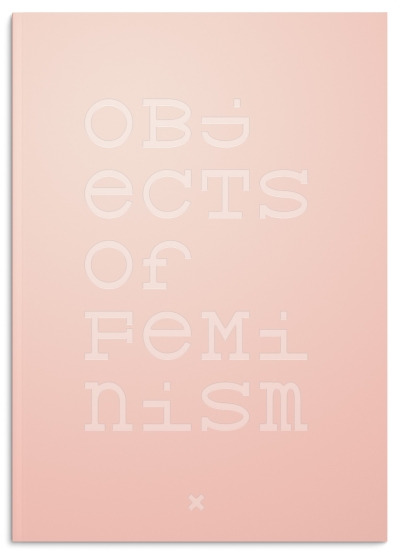
Objects of Feminism. Art Theoretical Writings from the Academy of Fine Arts Helsinki
The volume Objects of Feminism, edited by Maija Timonen and Josefine Wikström, Helsinki 2017, includes contributions by Hannah Black, Rose-Anne Gush, Lizzie Homersham, Nina Power, Hannah Proctor, Maija Timonen, Cara Tolmie and Josefine Wikström.
Objects of feminism are the subject/object relations of contemporary capitalism; chunks of fleshed-out knowledge, dead and living bodies invested with ideologies and more. The contributors to this book approach feminism from a range of angles, relating to its artistic, philosophical and political significance. Their texts dislodge “the object” from some of its current moorings, putting it to various uses as a prism or vanishing mediator for the energies animating each text.
Questioning the privileged status of the object in feminist discourse, Nina Power makes a case for a feminism of the void. Hannah Proctor writes about the ideologies that have animated the objects Charlotte Corday’s skull and Ulrike Meinhof’s brain, and with this opens out a perspective on the historically constructed nature of gender. Maija Timonen uses the head transplant as a metaphor for the rise of the populist right, a travesty of the social body living in a state of incomplete ecstasy. Cara Tolmie’s performance transcript takes fragments of songs and uses them as conduits for a discussion on community and healing. Lizzie Homersham writes about hearts, objectification of emotions and homesickness. Hannah Black has written a poem about three men and an untold number of women. Josefine Wikström critiques Object Oriented Ontology, exploring how feminist art practices could provide a counterpoint to it. Rose-Anne Gush analyses Elfriede Jelinek’s Die Liebhaberinnen, arguing that Jelinek’s brutal and object-like language serves to denaturalise and challenge the “fated” appearance of the life stories of the book’s protagonists.









